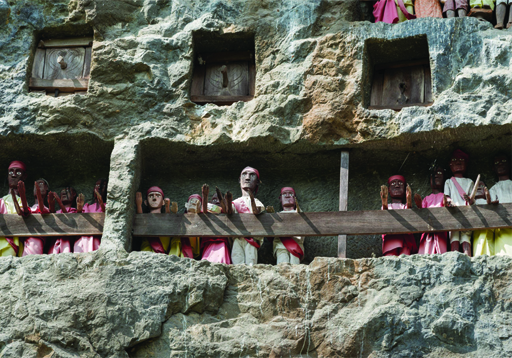1 Understanding death
Death is a central aspect of the human condition. At some point in time, human beings developed an awareness that life was finite, and from that moment on, people have tried to ‘make sense’ of death. Yet the way in which death is understood and represented, and the extent to which it is a taboo topic (which refers to how comfortable people feel talking about it), varies hugely depending on place, historical period and culture.
This has led to questions like:
- Why do we die?
- What happens after we die?
- How can we prolong life?
- How can we experience a ‘good’ death?
Over the course of human history, people including philosophers, theologians and artists have attempted to address these questions. More recently, scientists and medics have had a significant impact upon how people (particularly in the West) understand death, dying and grief. Our understandings of death have also been influenced by the work of social scientists and ‘thanatologists’ (people who specialise in the academic study of death and dying).
However, what is so fascinating about this topic – once you start to dig a little deeper – is that there continues to be so much variation in how death is understood by different people and different cultures.

